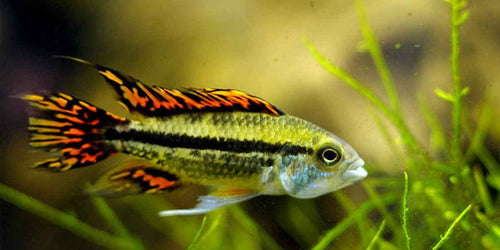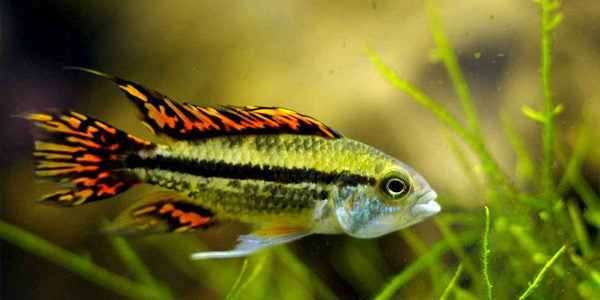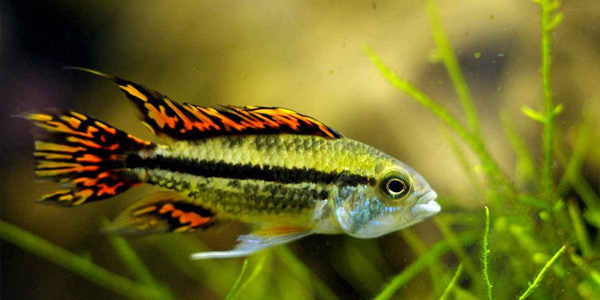Apistogramma-Cockatoo (40-50mm)
Apistogramma-Cockatoo (40-50mm)
check_circle Fast Shipping
check_circle Quality Products
check_circle Affordable Price
Reach out to us on ''available to order'' items via WhatsApp or email
Low stock: 2 left
Couldn't load pickup availability

Apistogramma-Cockatoo (40-50mm)
package_2
Product Description
Product Description
All our fish, shrimp and corals are bagged with fresh oxygen as well as a heat pack in winter.
When ordering livestock please select the box size and add it to your cart for accurate overnight (1-2 days) shipping costs. A small box can take 1-2 bags and a medium box 6 bags. One bag fits max 10 small (1-3cm) fish or max 2 medium (3-5cm) fish or max 1 large (>5cm) fish.
ONE SPECIES PER BAG. Eg: One bag of 10 neon tetra.
Apistogramma cockatoo (Apistogramma cacatuoides)
Description:
-
Appearance:
- Body: Small and stocky with a robust, slightly elongated body shape.
- Color: Males are known for their striking appearance, featuring a mix of bright colors such as yellow, orange, and red, often with a distinctive black stripe or pattern running vertically along their body. The “Cockatoo” name refers to their fin extensions that resemble a cockatoo's crest. Females are generally less colorful but may display subtle hues of yellow and orange.
- Fins: Males have long, flowing dorsal and anal fins with vibrant colors and sometimes elaborate extensions. Females have shorter, less ornate fins.
- Size: Males typically reach 3-4 inches (7.5-10 cm) in length, while females are slightly smaller, around 2.5-3 inches (6.5-7.5 cm).
-
Behavior:
- Generally peaceful but can be territorial, especially during breeding.
- Prefers to occupy the bottom and mid-levels of the tank and may establish and defend territories.
Care Requirements:
-
Tank Size:
- Minimum of 20 gallons (76 liters) for a pair; larger tanks are preferable if keeping multiple fish or to provide more space and reduce territorial disputes.
-
Water Parameters:
- Temperature: 75-82°F (24-28°C).
- pH: 6.0-7.5.
- Hardness: Soft to moderately hard water.
- Filtration: Good filtration is essential to maintain water quality, but avoid strong currents that could stress the fish.
-
Tank Setup:
- Aquascaping: Provide plenty of hiding spots and territories using driftwood, rocks, and dense plants. Apistogrammas appreciate having secure areas for shelter and breeding.
- Substrate: Soft substrate like sand or fine gravel is ideal, as it allows for natural behaviors such as digging and foraging.
-
Diet:
- Omnivorous; feed a varied diet including high-quality pellets, flakes, and live or frozen foods such as worms, brine shrimp, and small crustaceans.
- Supplement with occasional vegetable matter like spirulina or blanched vegetables to ensure balanced nutrition.
-
Behavioral Considerations:
- Males can be territorial and may exhibit aggression towards other males, especially during breeding. Provide sufficient hiding spots and visual barriers to minimize conflicts.
- Females are generally less aggressive but can become protective of their breeding area.
-
Tank Maintenance:
- Perform regular water changes (20-30% weekly) to maintain water quality and cleanliness.
- Regularly monitor and adjust water parameters to ensure a stable and healthy environment.
-
Health Care:
- Observe for signs of stress or illness, such as changes in behavior, loss of appetite, or visible symptoms like spots or lesions.
- Quarantine new fish before introducing them to the main tank to prevent the spread of disease.


